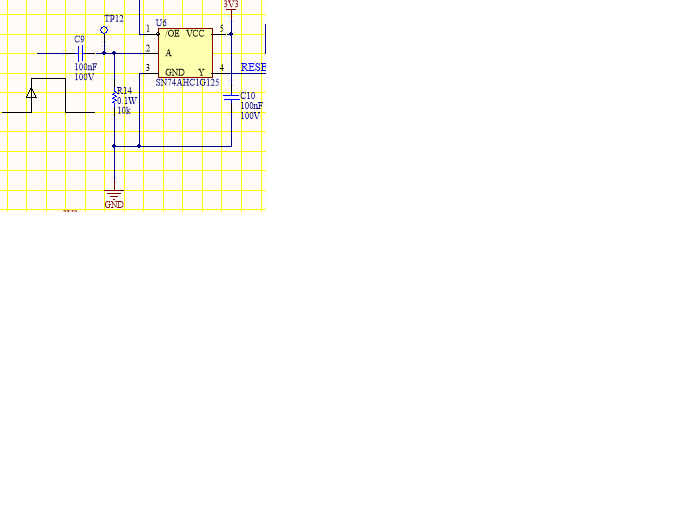Other Parts Discussed in Thread: SN74LVC1G123
Hi,
The reset pulse will cause the input to go low briefly at the end of the pulse input.
what kind of protection circuits this device has. Normally the two diodes at the input protect the device.
the question is how much energy is needed to destroy these didoes.
The reset pulse is 3.3V and 100us duration.
Thank you
Siva



